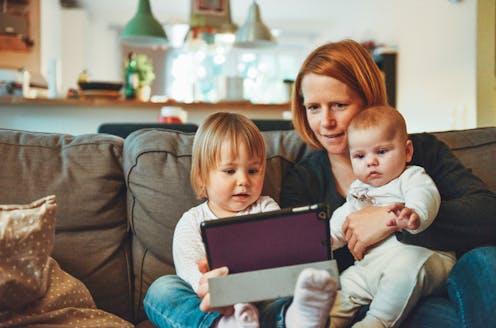 Alex Dummer/Unsplash, CC BY
Alex Dummer/Unsplash, CC BYTonight, for the first time in its 12-year history, my weekly boardgame group will meet online, instead of our regular weekly in-person sessions. Tomorrow night, a planned dinner with friends has been downgraded to sharing wine and cheese over Skype, something we are referring to as “facewine”.
COVID-19 isolation is bringing out the bad puns and forcing everyone to find new ways to socialise, organise and actualise.
In some ways, we have never been more ready for physical isolation. Tools such as Zoom, Skype, Discord, Google hangouts and the myriad messenger apps mean that we already have the tools to stay “in touch”, even when actual touching is out of the question. But what happens when we meet in real life (IRL) is far more complex than information transmission. Given we are all bound to do our communicating online for a while, it’s worth revisiting some of the challenges this poses.
Access
One of the first principles of good communication is that everyone ought to be able to participate.
In some ways technology makes being a participant easier – there are no traffic or parking hassles to deal with. However there is still a digital divide, not only between those who have NBN fibre to the home and those that do not, but also between those who understand how to use software and hardware and those that do not. Many people may need a lot of support to deal with passwords and unstable connections on older model “smartphones”.
Solution: Most people these days can get online but it is a mistake to assume this is simple for all, and it is important to offer support and help when setting up meetings. Distribute guides and tips to your group well before you are due to meet and prompt them to make sure they can use the tech beforehand.
Nonverbal cues
Once online there’s likely to be more interruptions and awkward silences than you’d find in a real life conversation. It’s also more difficult to pick up conversational nuances and humour.
These problems arise because we are not as aware of each others nonverbal cues over video or audio link as we are in person. Nonverbal cues or paralanguage to make up more than half our communication. While a committed participant can pick up more body language, secondary sound and facial expression than a disinterested one, there is still a lot that is missed (light, position, relationality, smell and tone). In person, a sharp intake of breath might signal the speaker wants to say something. A shift in posture might indicate interest.
Similarly, cues are unlikely to be noticed by the whole group simultaneously and this disrupts the flow of conversation, particularly for novices who may find the experience profoundly unsettling.
Solution: In the first instance, laugh at the problems, it’s part of the process and you’ll figure out new conversational patterns as you go. Emoticons, memes and emojis are digital tools devised precisely to overcome the lack of nuance in verbal communication. It can be useful to master a few symbols to overcome the lack of expressive engagement, and emoticons are also a great way of engaging in what is being said verbally without really interrupting.
Group dynamics
Digital platforms are not great at facilitating conversational “breakouts” where large groups spontaneously separate into smaller groups holding different conversations at the same time. Unlike physical space, speakers are stuck in a fixed position relative to each other. While many platforms allow you to facilitate break out conversations, there is no polite or spur of the moment way to coordinate them unless you commit to them as a group.
Solution: Try to remain focussed on group issues and commit to catching up one-on-one at other times. Think about the many affordances of the technology, which can allow you to do more as a group. If you are talking about a wine, screen share some images of the vineyard or region it comes from; if you’re meeting for a book club maybe try to pre-arrange a Skype call with the author you are discussing, or a critic. Our games group will make the most of this by arranging an online session with old members who moved across the country years ago, something our traditional “in-person” games night did not allow.
Overall there is a lot we can’t share online (and some stuff we shouldn’t) so we have to make more of an effort to share what we need to. It is particularly important to take extra care to be a great listener.
Encourage engagement, ask questions and seek to really understand each other; be extra forgiving of frustrations and disagreements. Remember that communication is not just about transmitting information, it is about sharing experiences.
Tauel Harper does not work for, consult, own shares in or receive funding from any company or organisation that would benefit from this article, and has disclosed no relevant affiliations beyond their academic appointment.
Authors: Tauel Harper, Lecturer, Media and Communication, UWA, University of Western Australia
| < Prev | Next > |
|---|








